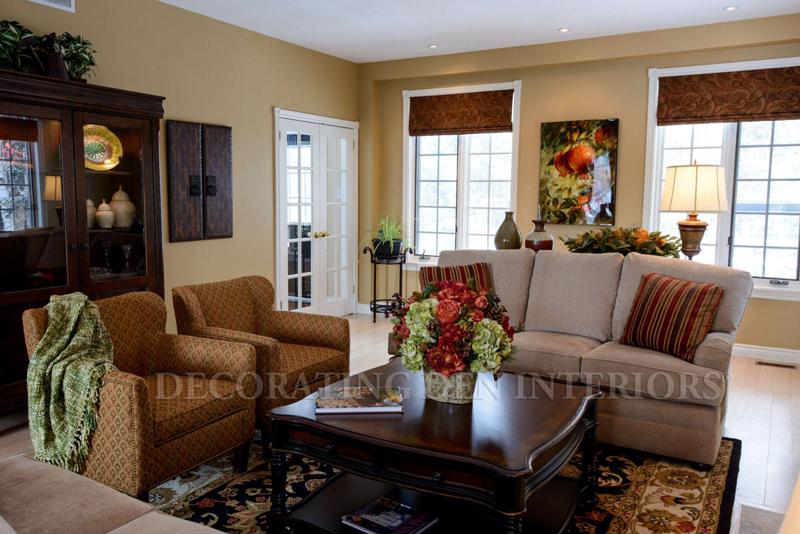Choosing the right paint color: The first step in the design process
One of the easiest ways to completely transform a room is repainting it a different color. The shade you use to dress up your space can impact your room's ambiance and the way people feel when they're in it. In fact, color accounts for 60 percent of our response to a place, according to HGTV. Therefore, finding the prefect color palette for your rooms is essential to creating the type of environment you're hoping to establish.
However, finding the perfect paint color is only the first step in the design process. You'll need to coordinate your furniture with your new color palette, spruce up the space with accents that complement your theme and make everything come together to use the area to its full potential. This is why homeowners often decide to work with an interior decorator, who can guide them through the entire process, starting with selecting the room's color palette and ending with a space that brings their visions and ideas to life.
Since the color palette is the foundation of the room, as you begin the design process, your personal decorator can help you avoid these five common mistakes people make when choosing their hues.
1. Having no mood in mind
Before you begin the color selection process, you should have an idea of the vibe you want your room to give off. This will narrow down your color options. Remember that just because you love a certain shade doesn't mean you'll like the way it looks on your walls. Explain the mood you envision your space evoking to your interior decorator. He will suggest hues that align with your abstract ideas to ensure your space does exactly what you want it to do. Being able to clearly communicate the mood you want to focus on will also help him suggest furniture pieces that work toward establishing your ideal ambiance.
2. Failing to consider lighting
If you simply make your color choice by looking at a paint chip at the store, you'll be surprised at how different it will look when you bring it home and put it against your wall. In order to get a firm grasp on what the hue is going to do for your space, you have to see how lighting affects the color – observe the shade in the morning, afternoon and night hours.

The natural lighting will show the color in its truest form, while fluorescent lighting tends to cast a sharper tone with a hint of blue. Incandescent lighting will pull the warmest tones and hints of yellow from your color. Interior designers may be able to make recommendations and advise which hues to stay away from based on your personal preferences. You may find that you want to alter the amount of lighting you have in your space. Ask your decorator for suggestions on lighting fixtures and window treatments.
"Mixing several hues in one space can be tricky."
3. Mixing too many colors
While it's true that there's no set limit for the number of colors you can use in a room, mixing several hues in one space can be tricky, especially if you approach the project without professional help. If you're room features a wide range of colors and feels confining or overwhelming, this a sure sign that you've mixed too many shades. Personal decorators can help you eliminate hues until the space feels balanced.
If your space's color palette has taken center stage, your personal designer may recommend neutral furnishings and decor to create an even balance for an effortless flow throughout the room. Sometimes all it takes is a solid area rug or stylish coffee table to pull everything together.
4. Going too bold
Using bright and vibrant colors on an accent wall is an effective strategy to create a stimulating space. However, this approach often leaves rooms appearing too intense because the bold hue is too concentrated. Work with your personal decorator to find more subtle hues for your surrounding furniture to tame your accent wall's bright colors. After looking at some furniture suggestions, you may find that you prefer a bold accent chair over a brightly painted focal wall.
5. Choosing only hues that match
You don't want to select a color palette that's going to end up making your room feel chaotic. However, it's equally as important to avoid hues that don't contribute enough variety to the area. One mistake that often leads to a matchy room is decorating with just one or two bland colors. This creates a repetitive vibe that comes across as predictable and dull. If you're set on painting your walls a neutral shade, such as beige, work with your interior decorator to spice things up with a couple of bright accents and accessories that add more flair to your space.

